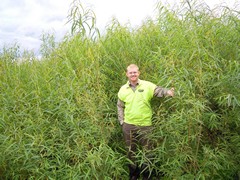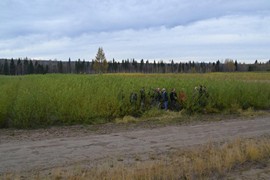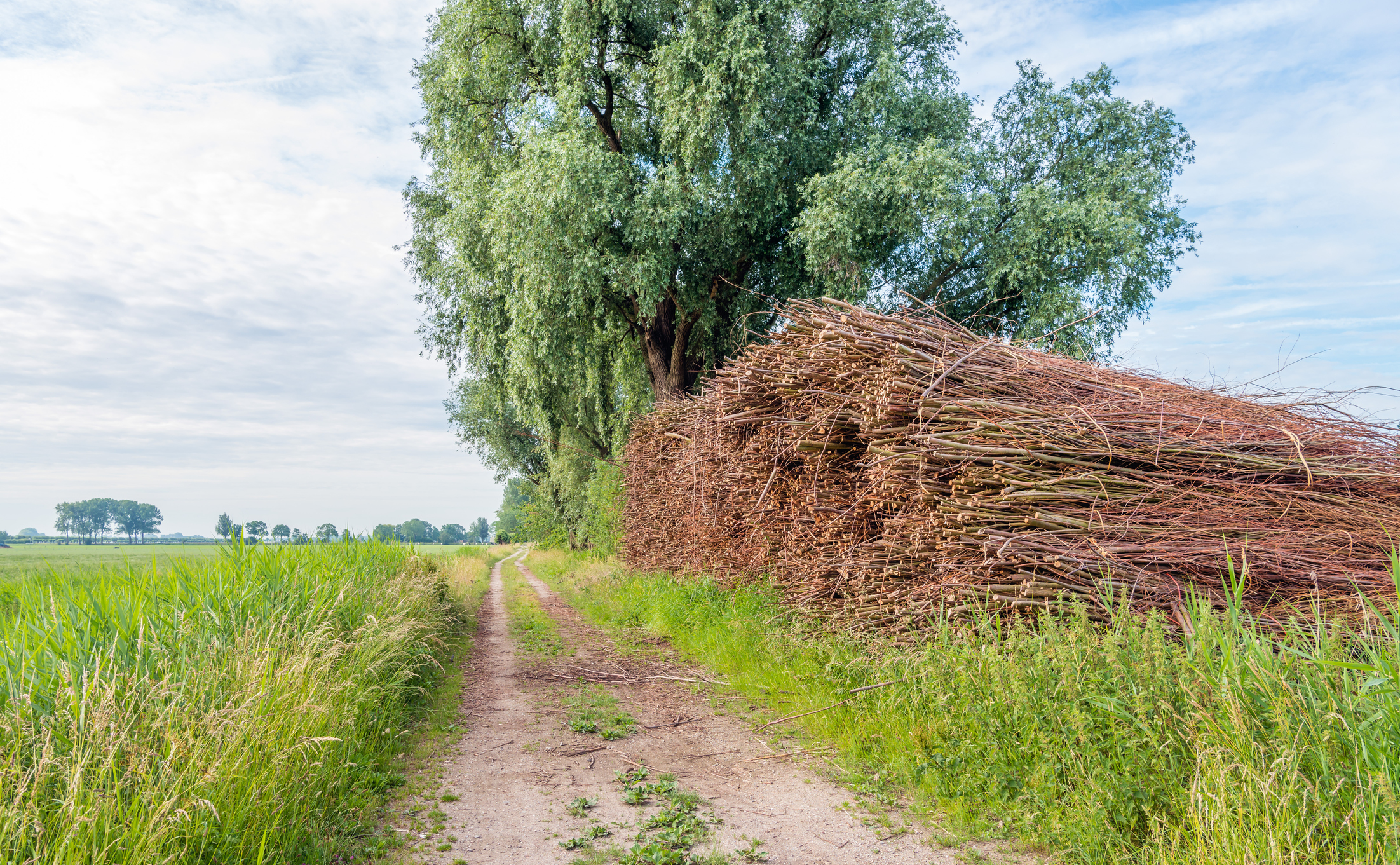Saskatchewan has discovered the wisdom of an old bioremediation tool for dealing with overburdened rural wastewater treatment systems: short-rotation willow coppice (SRWC).
At the recent Saskatchewan Urban Municipalities annual convention, Glenn Baxter, a village councillor in Val Marie, a community in the province’s southwest, came across Bionera, a company that provides willow crop services that provide phytoremediation of wastewater, biosolids, and soil contaminants.

Baxter was looking for a solution for the overburden on Val Marie’s lagoon that had seen it divert partially treated wastewater into the Frechman River, according to the Regina Leader-Post. “The nutrient value in human waste is being overlooked,” Baxter told the Leader-Post. “This was the first person I’ve seen in a public meeting that did the kinds of things I was interested in,” Baxter said of Martin Labelle, general manager for Bionera.
A study from 2004, Willows Beyond Wetlands: Use of Salix L. Species for Environmental Projects, described the benefits of williow species (Salix) as such: “Species of Salix characterized by particular physiological adaptations and ecological resilience are predisposed for use in conservation and environmental projects in many climatic zones and adverse microsite conditions.” Willow can be used for restoring ecosystems, phytoremediation, bioengineering, or biomass production, stated the research. They also provide erosion control protection.
“I’m a firm believer that this technology is really good for the environment, and it’s also good for the pocketbook of those communities,” Labelle told the Leader-Post. By using the willow crop services of Bionera, Val Marie could reduce the scope of a proposed evaporation pond, which would cover an area of up to 16 hectares and cost the village about $1 million. “You don’t need as big a pond,” Labelle said to the Leader-Post. “They would use that nutrient, evaporate it and sequester it into the ground, as part of the trees and the root systems.”

The benefits of a willow crop are diverse and available to a number of different site concerns, according to the 2004 research. “Low cost plantings of Salix and facilitation of the processes of land rehabilitation by altering microclimate, reducing runoff, providing ecologically diverse wildlife habitats and enhancing human recreational areas….” Found the research. Further, willow species can be used to remediate cyanide and ferrocyanide at mining sites, “while domestic wastewater appears to be almost an ideal nutrient solution for Salix growth.”
Another research report from 2001, Willow vegetation filters for wastewater treatment and soil remediation combined with biomass production, found that, “in many cases vegetation filters are more cost-effective than conventional treatment methods and also facilitate recycling of valuable resources in society.” The research also found that SRWC, “can compete economically with conventional treatment in Sweden.” (Sweden being the location of the research.) The study also concluded that municipal wastewater is ideally distributed on SRWC by “using drip irrigation, flooding, or lowpressure, low-mounted sprinklers to avoid aerosol spreading of pathogens.”
More information about Bionera is available on their website.
Credit to Arthur White-Crummey for his original reporting in the Regina Leader-Post.









